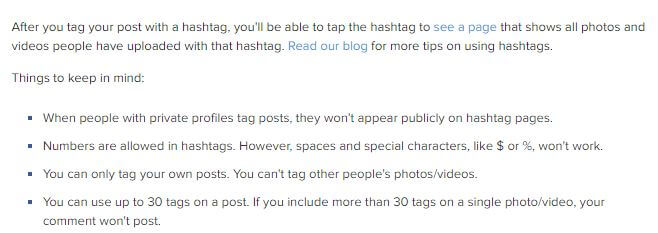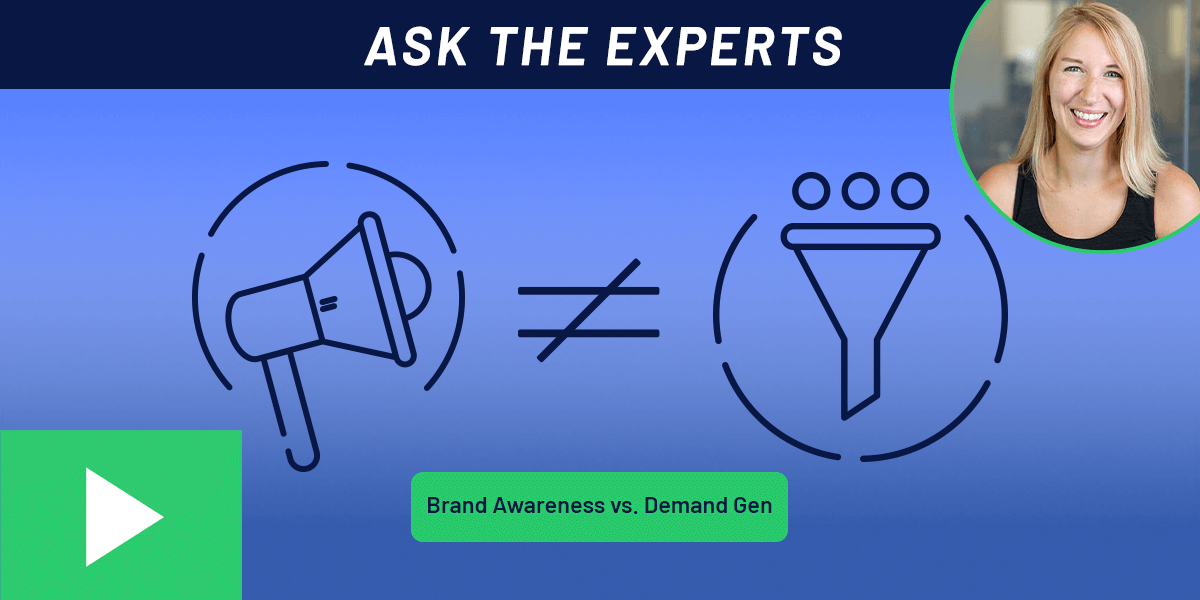
Instagram is here to stay, ending 2015 with 400 million active users, paid advertising, a variety of video updates, new filters to choose from, and even some kids named after those filters. It offers your brand the opportunity to interact with your audience in an aesthetically pleasing and organic manner. The first step is figuring out what your content will be, and the second is to hashtag that content appropriately. Hashtags are the easiest way to promote your content to an wider audience and increase your followers.
Here are the hashtag basics, direct from the Instagram blog:
The blog post also offers three big reminders: Be specific, be relevant, and be observant. Those are excellent recommendations to start with. We’ve come up with three more suggestions for marketers using Instagram as part of an overall social media strategy for a brand.
1. Have a strategy. In a universe of 400 million accounts on a 4.7″ display, it’s no longer enough to just show up to the party. If your brand name is big enough to attract attention simply by existing in the social media aggregate, congratulations. Everyone else needs a smart social media strategy. Part of your strategy must revolve around a comprehensive list of hashtags you’ll use to promote your content.
Build a list by getting out your phone or tablet and researching competitors and industry influencers. Check out their feeds and what type of content they’re posting, size up their strategy, and examine their hashtags. Determine if your content belongs in the stream of photos under a specific hashtag.
Pro tip: Do not blindly hashtag. You need to ensure that your photo stays in good company and is on trend, and that it is not unintentionally sending your followers into an unsavory and off-brand stream of content.
https://instagram.com/p/BAcu-VOM6M_/
2. Make your hashtags part of your conversation. Hashtags should roll off the proverbial tongue. They are short and sweet- one word is best, two is okay, and three words per tag is the max. That being said, make sure you’re nailing those combinations. #Social #Media #Marketing won’t get us to our target audience; #SocialMediaMarketing will.
Here are some examples of authentic, engaging, and legible hashtags, and how to use them:
- #CorporateCulture and #AgencyLife are generic hashtags for almost any company to use. We recommend using at least one general and one more specific hashtag per photo. For example, pair #AgencyLife and #SocialMediaMarketing
- Engage with other companies by posting snacks from your kitchen with shout-outs to your favorite brand. Out to lunch with a coworker? Snap a foodie-inspired photo, tag the location, and let people know your employees #eatlocal.
- Did a co-worker swing by with a pet? #DogsofInstagram and #CorporateCulture can co-exist.
- Is it someone’s birthday? Did a co-worker win an inter-office competition? Ask if you can snap a photo for Instagram and if they have a handle to give them a shout-out. #HappyBirthday, @CoWorker!
Tagging people and locations in your posts when appropriate is another great way to share content. Like hashtags, tagable locations cache photos, making the extra step worth it.
http://instagram.com/p/BAcWdinM6Mw/
3. Stand out from the crowd. Once you’ve established your core hashtags, you can begin focusing on building your own tags. This part of your strategy involves two categories: brand specific-hashtags and event-specific hashtags.
A brand-specific hashtag can be casually introduced (#ovrdrv), but you must use it consistently. Ensure that your audience clearly understands the tag and how and when to use it.
The best way for your brand to utilize original hashtags is during an event. This should be a large event and one from which you’d like a collection of crowd-sourced photos, like a conference or an annual party. Use the shortest comprehensible abbreviation of your event and the decade (#Grammys15) and make sure you advertise the hashtag to your guests and encourage them to take, post, and tag their photos.
Note that major events often get divvied into three tags by accident: the event, the event and decade, and the event and year. For example, you’ll most likely see tags including #Grammys, #Grammys15, and #Grammys2015. When you’re organizing an event, make your hashtag very clear and keep track of the tag with and without the year to ensure you’re not missing any chatter.
You can also create a hashtag for a presentation or lecture series. For an example of this in action, go to Twitter and search #ovrdrvsocial. Every time we present Social Media 101, we ask people to live-tweet or Instagram and tag their posts #ovrdrvsocial. The results? An engaged audience and a way for us to understand which points hit home and what parts of the presentation need to be refined. This strategy works particularly well on Instagram and Twitter.
Social and SEO. Go together like peanut butter and chocolate. But the smooth peanut butter only.Crunchy is not invited. #ovrdrvsocial
— Guac and Roll (@guacandroll) December 11, 2015
#lunchandlearn @ovrdrv –overdrivers discussing how to embrace social media for business and personal. "It takes a village" #ovrdrvsocial
— Edwina de Abreu (@DwiAbreu) December 11, 2015
In conclusion:
- Hashtag your Instagram posts to organically expand reach and audience
- Do not blindly hashtag- ensure your photos are in good company
- Keep it social: Be friendly, conversational, and act like a person
- Be interactive: Tag employees and locations when appropriate
- Create event-specific hashtags
Hashtags we follow:
- #SocialMedia
- #SocialMediaMarketing
- #DigitalMarketing
- #AgencyLife
- #corporateculture
- #SocialMediaTips






